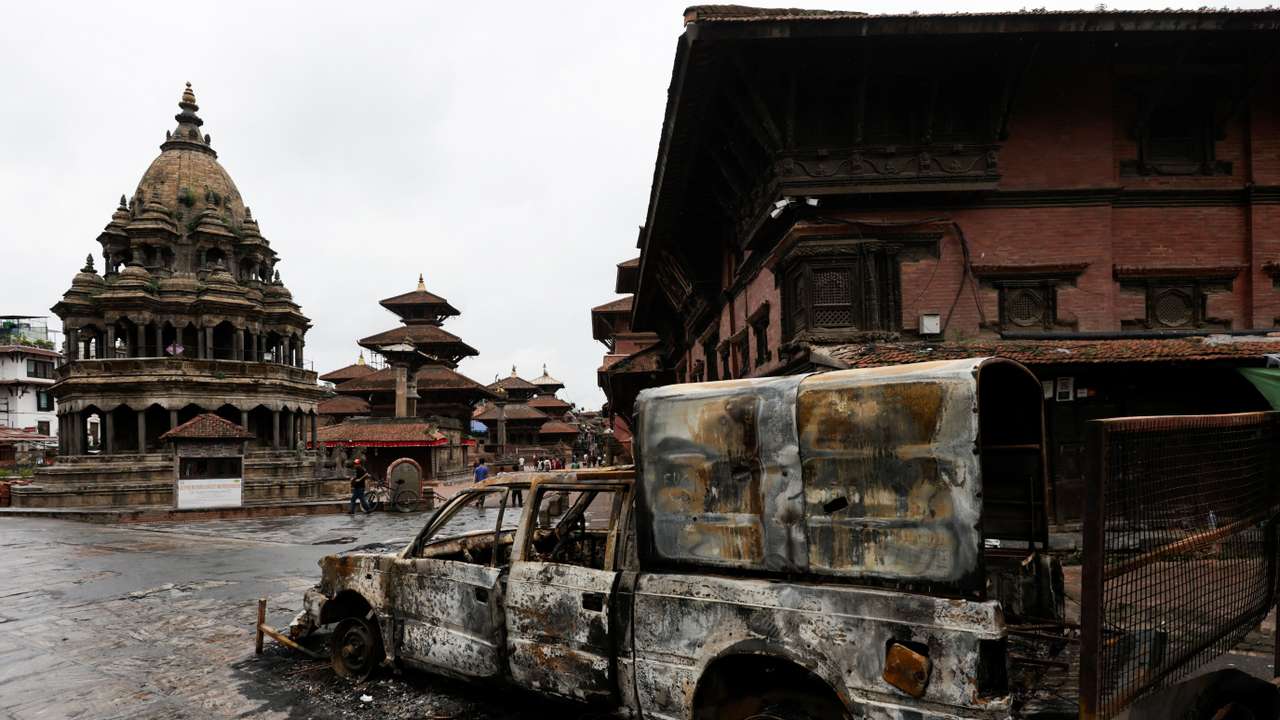Asia’s tumultuous September

September was marked by political upheaval across Asia, as protests over corruption, inequality and repression erupted from Nepal to East Timor. Crowds filled the streets, governments scrambled to respond, and in some places, the once-peaceful protests turned deadly.
As the month draws to a close, we look back at the unrest and uncertainty that rocked the region.
Nepal
In early September, massive youth-led protests erupted in Kathmandu against a government social media ban and widespread corruption. Demonstrators, many from “Gen Z,” defied curfews and attempted to storm parliament, leading to a harsh security crackdown. At least 72 people were killed while hundreds more were injured. As a result of the unrest, the government rescinded the social media ban shortly thereafter. Prime Minister K.P. Sharma Oli, whose administration was under intense pressure, resigned amid the turmoil. He was eventually replaced by Prime Minister Sushila Karki, a former chief justice and the first woman to lead the government of Nepal. Damage to properties reached billions of rupees.
Indonesia
Since late August and into September, protests have spread in Indonesia over rising living costs, unemployment, and government excess. A trigger was the revelation of generous benefits for members of parliament and a video of a police armoured vehicle fatally striking a motorcyclist. Demonstrations turned violent in parts, with thousands arrested and property damage reported. Human Rights Watch has criticised authorities for using force and detaining protesters arbitrarily. At least 10 people have died during the series of protests. President Prabowo Subianto held onto power despite the unrest, with his cabinet absorbing much of the political backlash through a major reshuffle.
Philippines
On September 21, tens of thousands took to the streets of Manila and other cities to protest alleged corruption tied to flood control projects. The protests came after congressional investigations revealed that billions of pesos in public funds have been diverted or wasted on unfinished infrastructure. University students, religious groups and political figures joined forces, demanding greater transparency. Before the protest, scrutiny into the flood control mess triggered a political fallout that saw the House Speaker and Senate President replaced. While the protests were mostly peaceful, clashes with police occurred. Violence erupted on a bridge near a presidential palace, where protesters hurled stones at the police and set the wheel of a trailer truck on fire. More than 200 were arrested, many of them minors.
India
In Ladakh, a region of 300,000 people that was placed under direct federal control in 2019, protests in late September called for restoration of statehood and special status protections for locals. Four protesters were killed and many others injured when demonstrations escalated into clashes with police. Activist Sonam Wangchuk led the push, eventually leading to his arrest due to alleged instigation.
East Timor
From September 15 to 17, thousands of students and ordinary citizens in Dili protested against plans to allocate $4.2 million for new SUVs for parliamentarians and to continue lifetime pensions for former officials. The demonstrations, led largely by university students, decried these perks amid deep poverty affecting large parts of the country. Police fired tear gas after the protests turned tense. Parliament responded by repealing the pension law and cancelling the SUV purchases.
This story is written and edited by the Global South World team, you can contact us here.